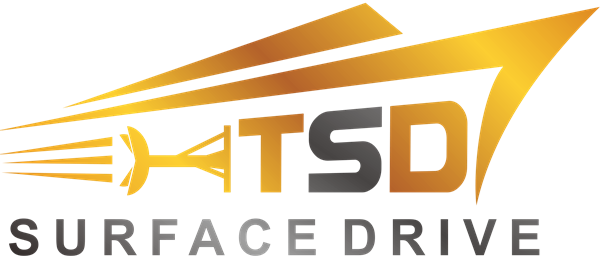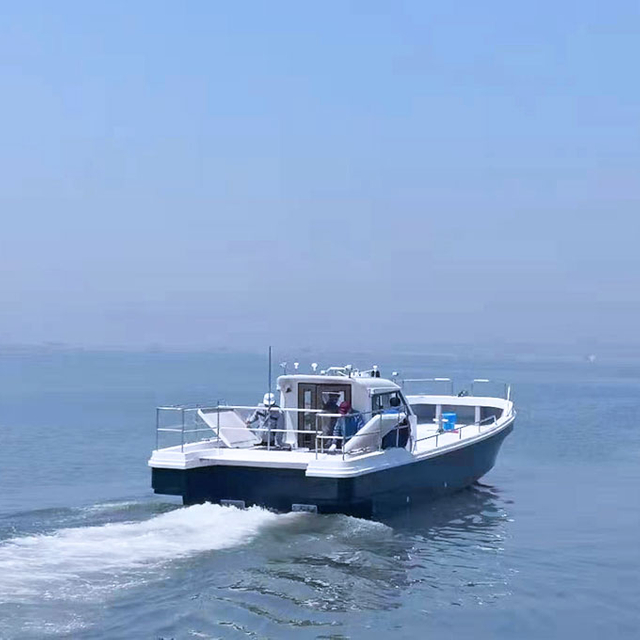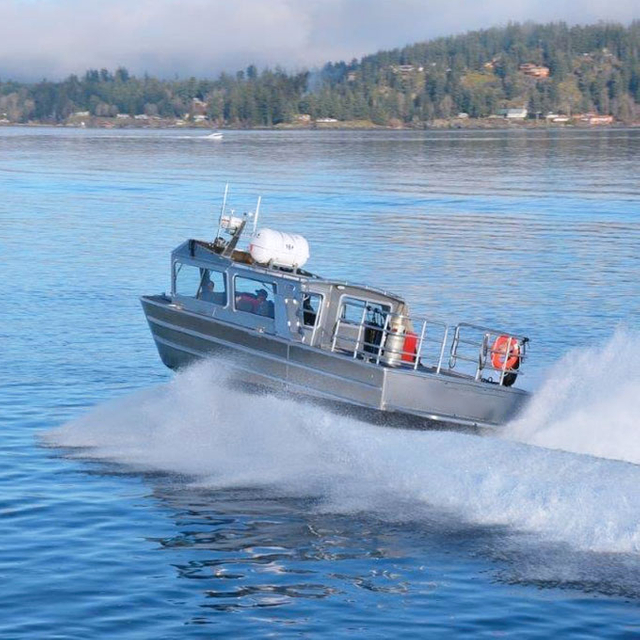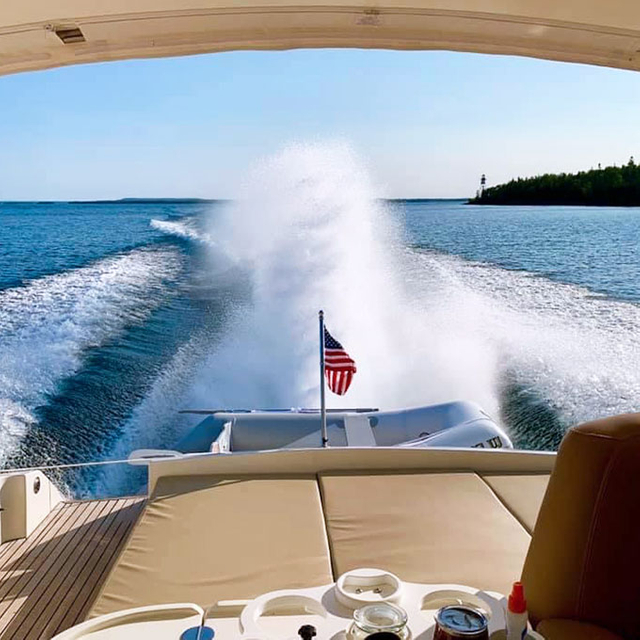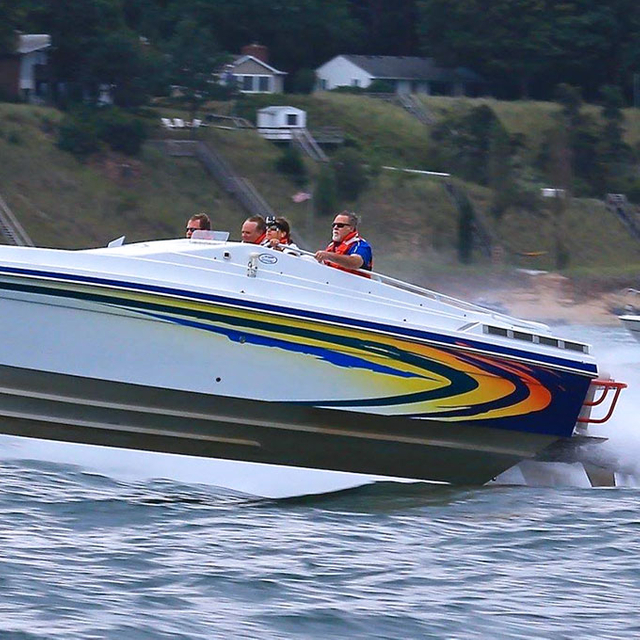-
Q The correct position for installing a surface drive system
A The correct position for installing a surface drive system:
The nut on the propeller blade should be positioned 10mm below the boat's transom extension line. However, for some light-loaded high-speed boats, the position may vary slightly, such as being 20mm below the transom extension line.
The main engine and the transmission shaft should form a straight line, not a large angle. If the engine is revved up and the prop system remains unchanged, the universal joint cage of the coupling will have an angle instead of a straight line, which can cause damage to the coupling cage over time.
While tilting the engine, the half-immersed propeller and the shaft should also be tilted at the same angle to form a straight line.
-
Q How long is the warranty period for surface drive systems?
A The warranty period for surface drive systems is typically 18 months, which means that within this period, if there is any malfunction or damage to the parts, the customer can return the damaged parts to the manufacturer for repair or replacement. During the warranty period, the manufacturer will provide free parts and technical support. If the equipment fails or is damaged outside the warranty period, the customer needs to purchase the corresponding parts from the manufacturer and the manufacturer will provide technical support. During the warranty period, only damaged parts are covered by the warranty, and not the damage caused by normal use, which the user will have to bear. The responsibility for shipping costs will also differ depending on whether it is within or outside the warranty period, and specific details need to be checked in the manufacturer's warranty terms and conditions.
-
Q Installation angles for BG and BH surface drive systems
A Surface drive systems typically come in two installation types: BG and BH. These installation types have different installation angles.
The installation angle for a BG surface drive system is 45 degrees.
The installation angle for a BH surface drive system is 10-13 degrees.
If the installation angle is outside of these ranges, a stainless steel box is needed to connect the surface drive system.
-
Q How long is the service life of the surface drive system?
A The lifespan of a surface drive system depends on various factors, such as the usage environment, frequency of use, maintenance, and so on. In a good environment, the lifespan of a surface drive system can usually be over 10 years. However, in extreme environments, such as waters with high humidity up to 95%, water temperature up to 38℃, and high salt content, the lifespan of surface drives may be shortened to around 5-6 years. Regular maintenance is necessary to ensure the normal operation and extend the lifespan of the surface drive system.
-
Q How to Maintain Surface Drive Systems and Prevent Corrosion?
A Cleaning: Regularly clean the surface drive system with soap and water to prevent the formation of marine organisms and scale. Lubrication: Replace the oil seal and lubricating oil every 1000 hours. This will help prevent excessive wear on the surface drive system.
Replace the corrosion-resistant zinc block: The surface drive system is usually equipped with a corrosion-resistant zinc block to prevent seawater corrosion and weaken the corrosion of the drive system by seawater. If the zinc block is severely corroded, it needs to be replaced with a new one.
Regular Inspection: The surface drive system should be regularly inspected to ensure that all parts of the drive system are in normal working condition. The inspection should include wires, cables, and all connection components.
